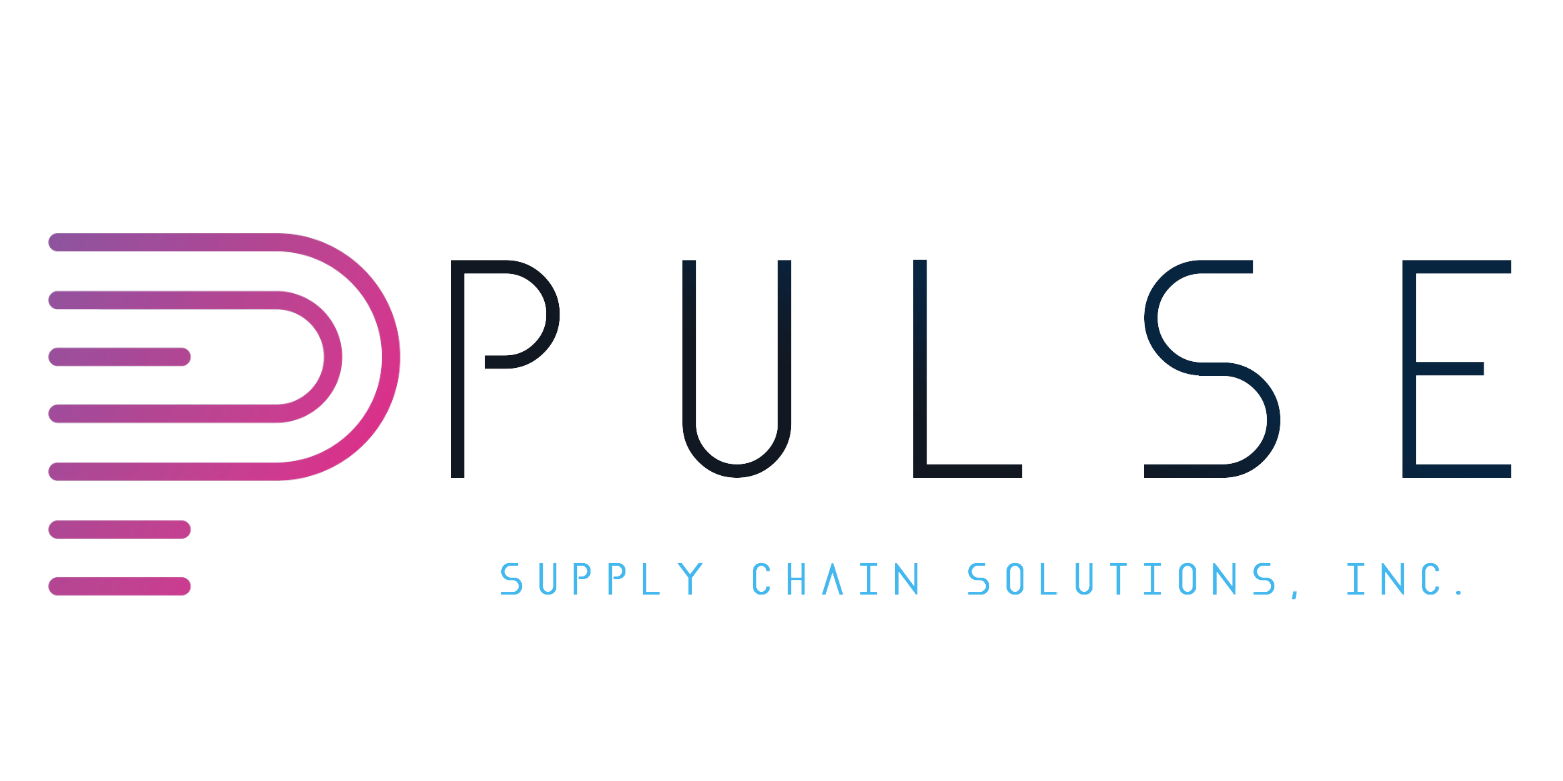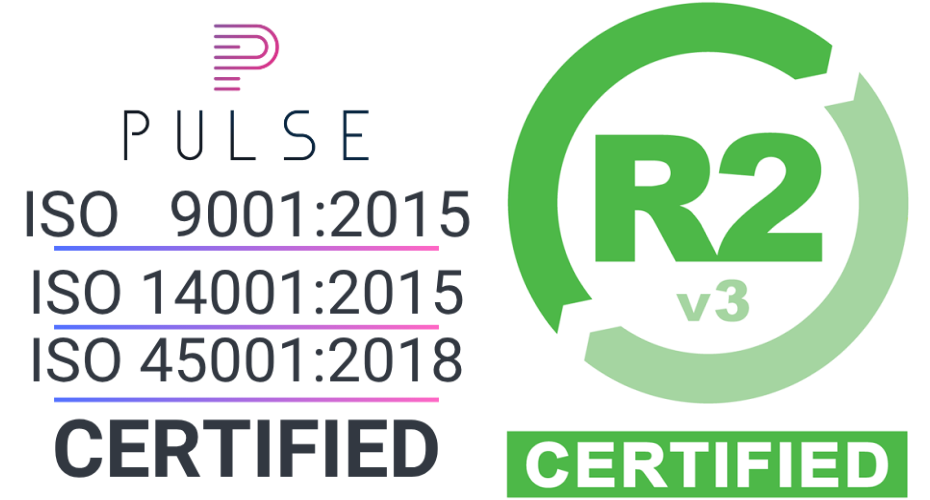 International E-waste Day, observed on October 14, is an important reminder of the growing threat of e-waste throughout the world as well as an opportunity to reexamine how everyday business practices can help to reduce this waste. An estimated 61.3 million tons of e-waste will be produced this year alone, but businesses, both large and small, can be a part of the solution, take action, and make a meaningful difference.
International E-waste Day, observed on October 14, is an important reminder of the growing threat of e-waste throughout the world as well as an opportunity to reexamine how everyday business practices can help to reduce this waste. An estimated 61.3 million tons of e-waste will be produced this year alone, but businesses, both large and small, can be a part of the solution, take action, and make a meaningful difference.
What is International E-waste Day?
International E-waste Day is an annual recognition and global call to action to tackle the challenges of reducing e-waste in all its forms. The day was initiated by the WEEE Forum, an international cooperative effort of producer responsibility organizations, dedicated to spreading awareness and real-world knowledge and solutions concerning the management of waste electrical and electronic equipment (“WEEE”). The WEEE Forum was founded in 2002 by founder organizations located in Austria, Belgium, the Netherlands, Norway, Sweden, and Switzerland. It has grown today to 50 organizations in 33 countries. In 2023, WEEE Forum has dedicated International E-waste Day to promoting awareness of “invisible” e-waste; that is, electronics or electronic components which are often overlooked as such, because they’re not a classic example of e-waste: smart phones, laptops, and computers. But as WEEE Forum has declared: “You can recycle anything with a plug, battery or cable!”How Can Businesses Make a Difference
Businesses of all stripes, and particularly those within the tech sector, play a significant role in both the generation and mitigation of e-waste. Some efforts require significant upfront investment, especially those related to design and manufacturing, but many solutions are common sense and require little more choosing the right policies and working with like-minded partners. Here are ways that businesses can make a difference in combating e-waste in 2023 and beyond- Design for Durability and Repairability: Businesses can start by designing products that are built to last and can be easily repaired. Devices that are upgradeable and modular not only extend their lifespan and bolster the supply chain, they also reduce the need for frequent replacements.
- Take-Back Programs: Encouraging customers to return their old devices for recycling or refurbishment.
- Eco-Friendly Packaging: Consider sustainable packaging options that minimize waste. Reducing the size and weight of packaging materials can also reduce shipping-related emissions.
- Promote Recycling: Partner with e-waste recycling facilities and educate employees and customers about the importance of recycling electronic devices. Some businesses offer incentives or discounts to customers who recycle their old devices with them.
- Responsible Disposal: Properly dispose of e-waste generated in-house. This includes recycling old office computers, printers, and other electronic equipment. Choose certified e-waste recycling facilities that follow environmentally responsible practices.
- Support Circular Economy: Embrace the principles of a circular economy, which aim to reduce waste by keeping products and materials in use for as long as possible. This can involve repurposing and refurbishing old devices for resale.
- Supply Chain Transparency: Ensure that suppliers and partners adhere to ethical and sustainable practices. By fostering transparency throughout the supply chain, businesses can have a positive impact on the entire electronics industry.
- Employee Training: Educate employees on responsible e-waste management and recycling practices. Encourage them to recycle personal electronic devices, even going so far as to offer the means to do so through company-sponsored programs.
- Advocacy and Policy Support: Engage in advocacy efforts to promote e-waste reduction policies at local, national, and international levels. Support extended producer responsibility (EPR) regulations that hold manufacturers accountable for the end-of-life management of their products.
International E-waste Day, observed on October 14, is an important reminder of the growing threat of e-waste throughout the world as well as an opportunity to reexamine how everyday business practices can help to reduce this waste. An estimated 61.3 million tons of e-waste will be produced this year alone, but businesses, both large and small, can be a part of the solution, take action, and make a meaningful difference.

What is International E-waste Day?
International E-waste Day is an annual recognition and global call to action to tackle the challenges of reducing e-waste in all its forms. The day was initiated by the WEEE Forum, an international cooperative effort of producer responsibility organizations, dedicated to spreading awareness and real-world knowledge and solutions concerning the management of waste electrical and electronic equipment (“WEEE”). The WEEE Forum was founded in 2002 by founder organizations located in Austria, Belgium, the Netherlands, Norway, Sweden, and Switzerland. It has grown today to 50 organizations in 33 countries.
In 2023, WEEE Forum has dedicated International E-waste Day to promoting awareness of “invisible” e-waste; that is, electronics or electronic components which are often overlooked as such, because they’re not a classic example of e-waste: smart phones, laptops, and computers. But as WEEE Forum has declared: “You can recycle anything with a plug, battery or cable!”
How Can Businesses Make a Difference
Businesses of all stripes, and particularly those within the tech sector, play a significant role in both the generation and mitigation of e-waste. Some efforts require significant upfront investment, especially those related to design and manufacturing, but many solutions are common sense and require little more choosing the right policies and working with like-minded partners.
Here are ways that businesses can make a difference in combating e-waste in 2023 and beyond
- Design for Durability and Repairability: Businesses can start by designing products that are built to last and can be easily repaired. Devices that are upgradeable and modular not only extend their lifespan and bolster the supply chain, they also reduce the need for frequent replacements.
- Take-Back Programs: Encouraging customers to return their old devices for recycling or refurbishment.
- Eco-Friendly Packaging: Consider sustainable packaging options that minimize waste. Reducing the size and weight of packaging materials can also reduce shipping-related emissions.
- Promote Recycling: Partner with e-waste recycling facilities and educate employees and customers about the importance of recycling electronic devices. Some businesses offer incentives or discounts to customers who recycle their old devices with them.
- Responsible Disposal: Properly dispose of e-waste generated in-house. This includes recycling old office computers, printers, and other electronic equipment. Choose certified e-waste recycling facilities that follow environmentally responsible practices.
- Support Circular Economy: Embrace the principles of a circular economy, which aim to reduce waste by keeping products and materials in use for as long as possible. This can involve repurposing and refurbishing old devices for resale.
- Supply Chain Transparency: Ensure that suppliers and partners adhere to ethical and sustainable practices. By fostering transparency throughout the supply chain, businesses can have a positive impact on the entire electronics industry.
- Employee Training: Educate employees on responsible e-waste management and recycling practices. Encourage them to recycle personal electronic devices, even going so far as to offer the means to do so through company-sponsored programs.
- Advocacy and Policy Support: Engage in advocacy efforts to promote e-waste reduction policies at local, national, and international levels. Support extended producer responsibility (EPR) regulations that hold manufacturers accountable for the end-of-life management of their products.
Implementing any one or more of these practices into daily operation can make an enormous difference on the part any business plays in the global effort to minimize e-waste. On this International E-waste Day, we thank our partners and clients for their commitment to reducing waste by recycling with Pulse, reusing viable electronics, and strengthening the global supply chain.


